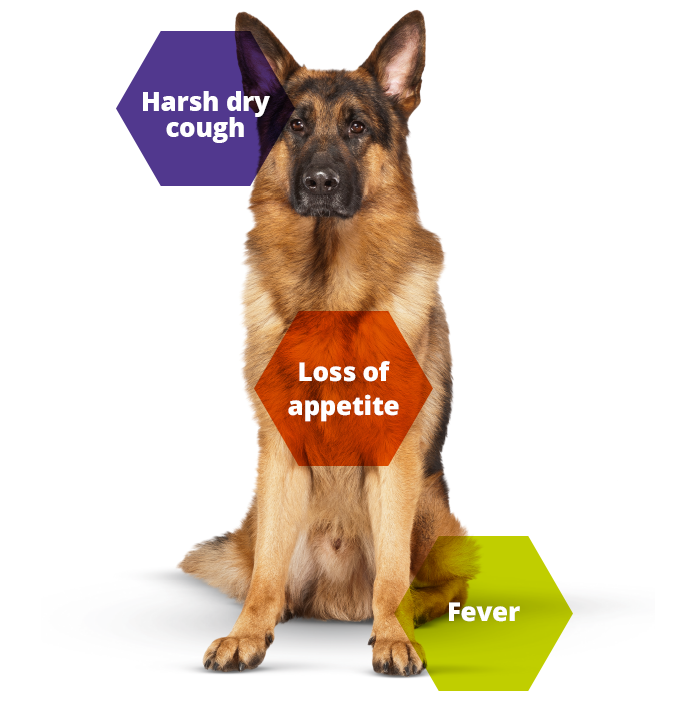Christmas Food Toxic to Pets
For us humans, Christmas is a time of over indulgence but some of our favourite Christmas foods can be dangerous to our pets.
Grapes/Raisins, Currants and Sultanas
The toxic mechanism of these fruits in animals is not known, but they can cause kidney failure in dogs and possibly cats.
Some dogs can eat large quantities without any effects and others will develop renal failure with as few as a handful.
The initial signs are usually vomiting and diarrhoea, which then progress to renal failure in 24-72 hours. Again, no specific antidote exists, thus the treatment is supportive, with IV fluids to attempt to protect the kidneys.
At this time of year, things like Christmas cake, Christmas pudding and mince pies, which are full or dried fruit are in abundance, so please store them out of pets reach!
Nuts
Peanuts have been reported to have adverse effects in some pets. Some reported symptoms included, vomiting/diarrhoea, twitching, spasm, agitation and convulsions. Macadamia nuts are also toxic to dogs and can cause weakness, tremors, vomiting, depression, lameness and stiffness.
Allium species
These foods include onions, garlic, leeks, shallots and chives. They can be toxic raw or cooked. Initially vomiting and diarrhoea is seen. This is followed by a serious condition called haemolytic anaemia (destruction of red blood cells) from 1-5 days later. Many foods can contain these ingredients unknowingly, so avoiding giving any table scraps is recommended.
Chocolate
The toxic component of chocolate is called theobromine (a compound similar to caffeine). The amount of theobromine varies in different types of chocolates.
The content in white chocolate is fairly low, milk chocolate has a moderate amount and the content in dark/pure chocolate or cocoa powder is relatively high. Thus, the toxicity of chocolate depends on what type, how much is ingested and the size of your dog.
The most common clinical symptom of chocolate poisoning in dogs is vomiting and diarrhoea. This along with the fact that theobromine is a diuretic puts dogs at risk of dehydration. Other effects that can occur are hyperactivity, increased body temperature, increased blood pressure and increased heart rate. Tremors and convulsions can also be observed in extreme cases. There is no specific antidote for chocolate poisoning and the treatment is supportive and symptomatic.
If your dog has eaten any type of chocolate of any amount, seek veterinary attention as soon as possible as most of the risk can be reduced by immediately inducing vomiting to remove the toxin and administering an oral substance to reduce further absorption of any chocolate still in the gastrointestinal tract.
Bones
Eating chicken, turkey or goose carcases may cause larger pieces of bone to cause an obstruction, while smaller pieces may irritate the gut, or even penetrate the stomach or intestinal wall, which may require surgery.
When preparing your Christmas day meal, ensure that any meat is kept on the kitchen surface, or out of reach of your pet. When throwing away a carcass, take it to the outside bin, therefore avoiding any temptation for your dog to raid your kitchen bin during the night.
Alcohol
All alcohol can be harmful to pets, so please keep out of pets reach. Certain alcoholic drinks may be more appealing to dogs, such as cream or egg based drinks. Dogs may develop similar effects to those expected in humans, including becoming drowsy, wobbly on their feet and in more severe cases they can develop low body temperature, low blood sugar, seizures and coma.
If you think your pet has ingested any of the above, please contact us.

 [checklist icon=”fa-paw” iconcolor=”#39aa87″ circle=”yes”]
[checklist icon=”fa-paw” iconcolor=”#39aa87″ circle=”yes”]